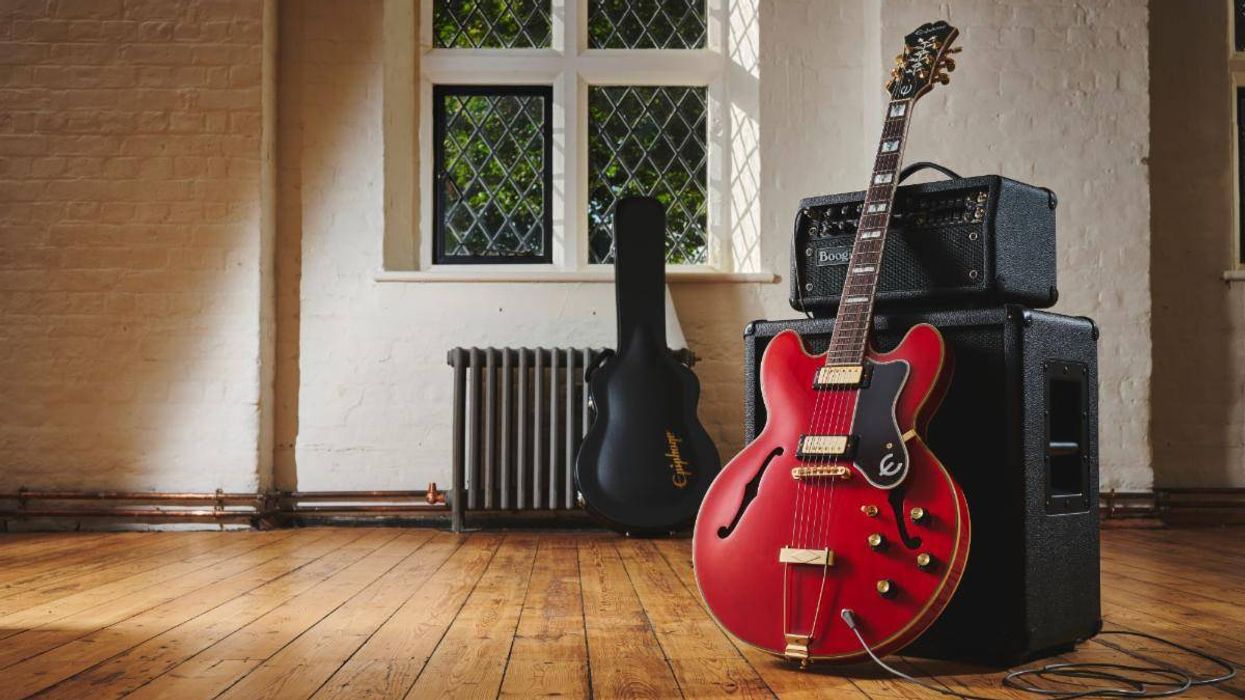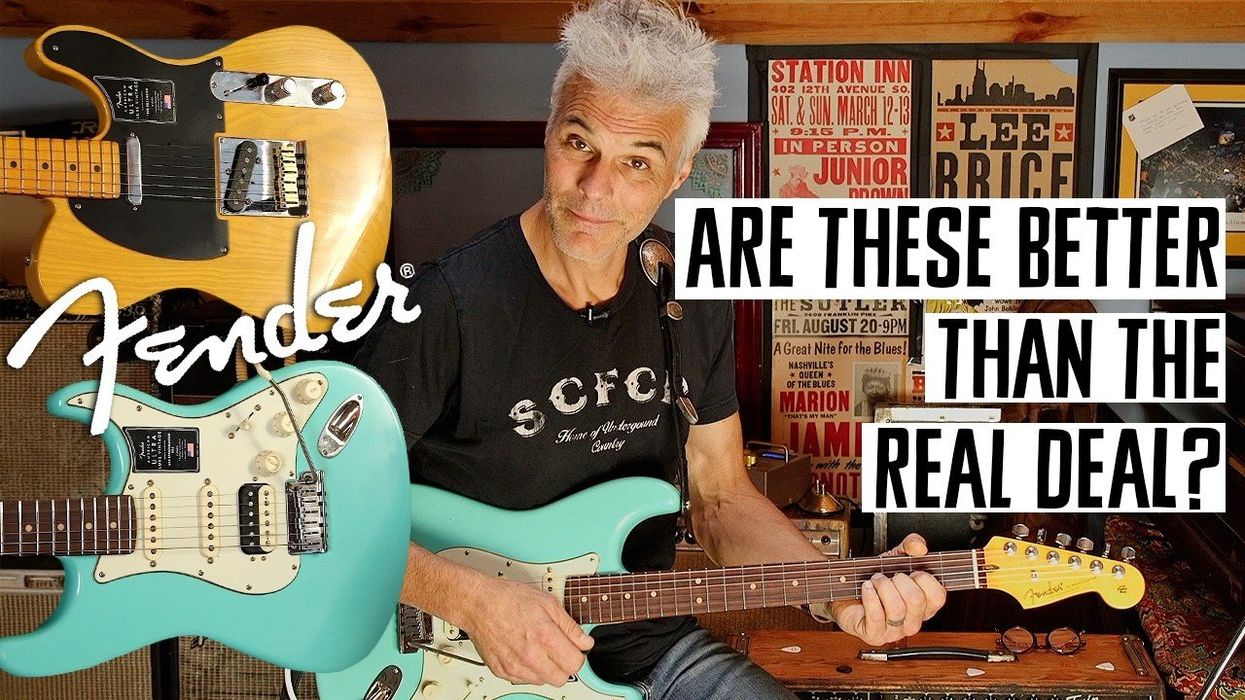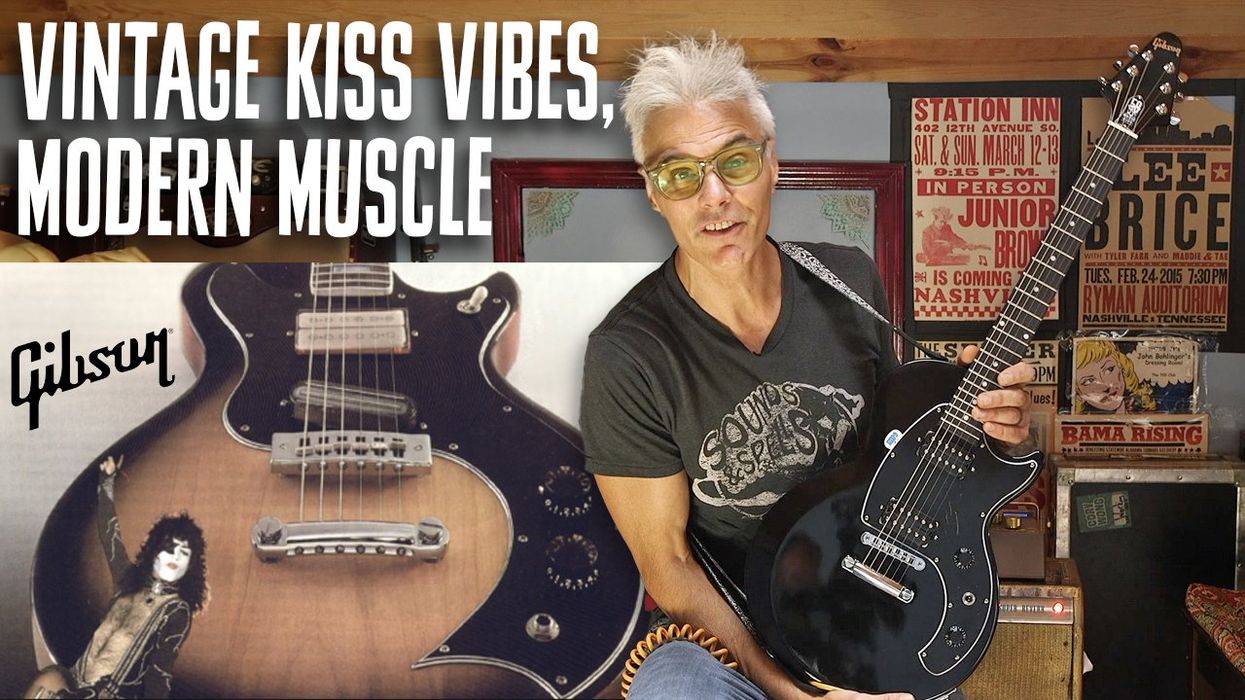London, England (February 3, 2017) -- Avian Guitars is proud to announce the new Avian 2017 range, launching at this month’s Winter NAMM Show 2017 in Anaheim, California.
The 2017 range is the first to feature our new logo and branding, following the appointment of a new, UK-based global marketing team.
The 2017 range comprises five models: Dove, Songbird, Skylark, Ibis and Falcon. Each model is offered in both Standard and Deluxe series, with the Songbird, Skylark and Ibis available with a multi-scale, fan fret design.
Avian guitars are designed by renowned US luthiers Michael Bashkin and Harry Fleishman, with every guitar hand built at Avian’s dedicated workshop by specially trained luthiers who have been expertly educated under the watchful eyes of Chief Designer Michael Bashkin and General Manager Abraham Wechter.
The 2017 Range
The 2017 range is comprised of five models – Dove, Songbird, Skylark, Ibis and Falcon.
Each model is available in both Standard and Deluxe series, with the Standard series available both with and without the Avian Demi-Cutaway on the Songbird, Skylark and Ibis models. The Deluxe series adds custom features such as the Ryan- style arm bevel and multi-scale fan fret design.
Every Avian guitar is built with hand-selected tonewoods, including a AA grade solid Sitka Spruce top and a choice of stunning solid Indian Rosewood or solid Mahogany for the back and sides, with solid Maple offered as an option on the Deluxe series.
Each guitar is also available as an electro-acoustic option, fitted with BBand pickups, and all guitars include fitted hardcases.
Dove
The Avian Dove is a modern interpretation on a 19th century French Parlour guitar, available in a traditional form or with a modern arm bevel design. The Dove’s tone belies its small footprint and is much loved by singer-songwriters and blues players for its tonal character and comfortable feel.
Songbird
The Songbird is an extremely versatile, medium size guitar that is an excellent canvas for which to add our custom features such as the Demi-Cutaway, Ryan-style bevel and Fan Frets.
The dimensions, scale length and nut width will all feel very familiar and comfortable, and the Songbird is used by songwriters, flatpickers and technical finger stylists alike.
Skylark
The skylark came to be with the intention of creating a comfortable, interesting, harmonically rich guitar that would encompass many of the design ideas Harry Fleishman had been developing over several decades. It excels at strumming, flat picking, and fingerstyle. The off-center soundhole gives more spacial sound to the player and expands the soundboard's active surface.
Ibis
The Ibis is a big-bodied guitar influenced by traditional large American guitars but with contemporary features and looks. The Ibis readily lends itself to rhythm and flatpicking with power and projection, and is designed to have a generous low end response but with clarity due to the reduced body depth.
Falcon
The Falcon baritone is designed to carry and project a huge expansive bass and fat trebles while still comfortable to play, especially with the Ryan-style arm bevel. The Falcon is a true baritone with a 28" scale and .016 -.070" strings tuned to B, and offers the throaty low voice only achievable from a baritone.
Standard Series from £1,175 inc VAT RRP | $1,175 US MAP
Deluxe Series from £1,360 inc VAT RRP | $1,360 US MAP
Shipping March 2017
Watch the company's video demo:
For more information:
Avian Guitars
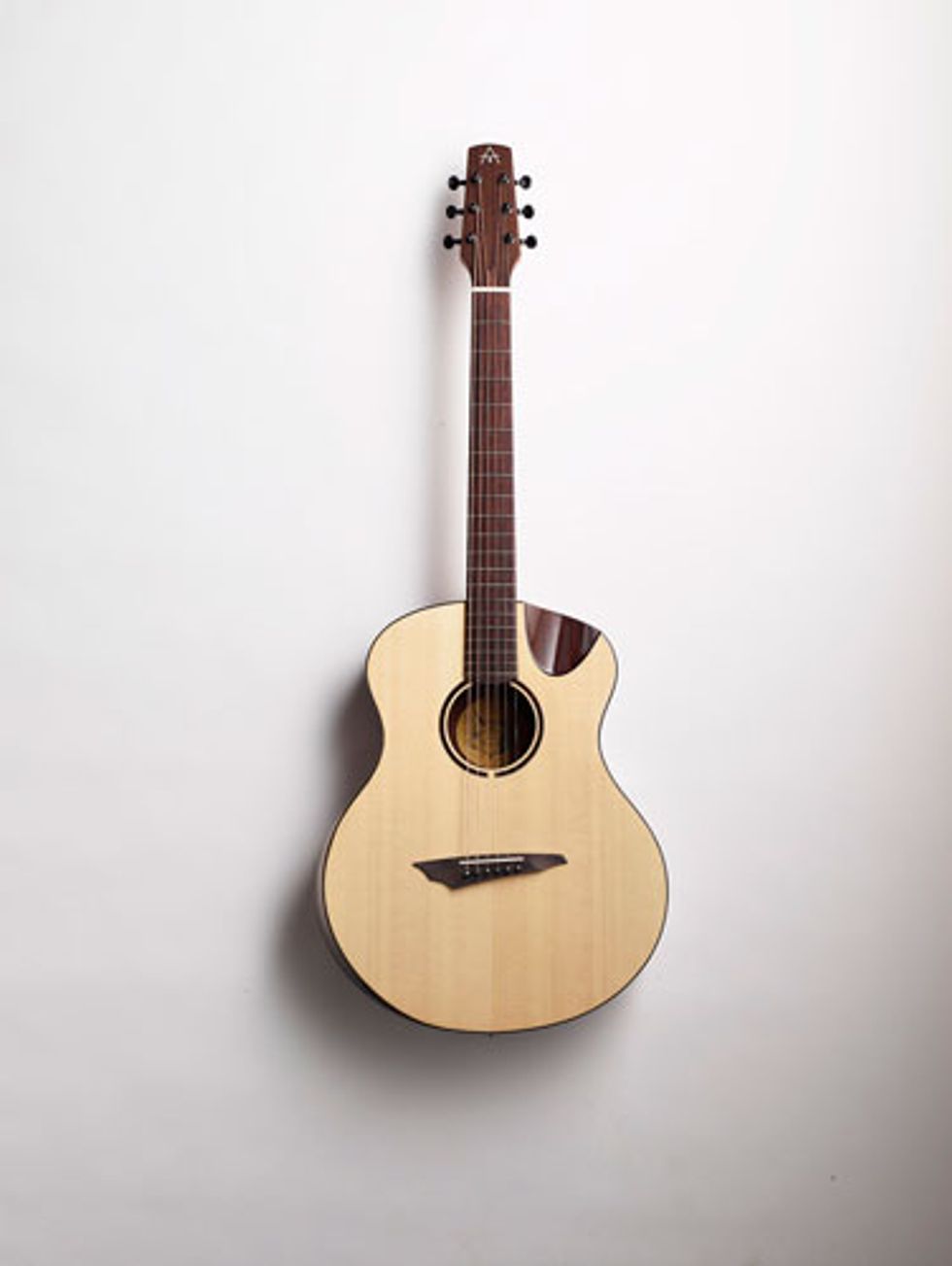
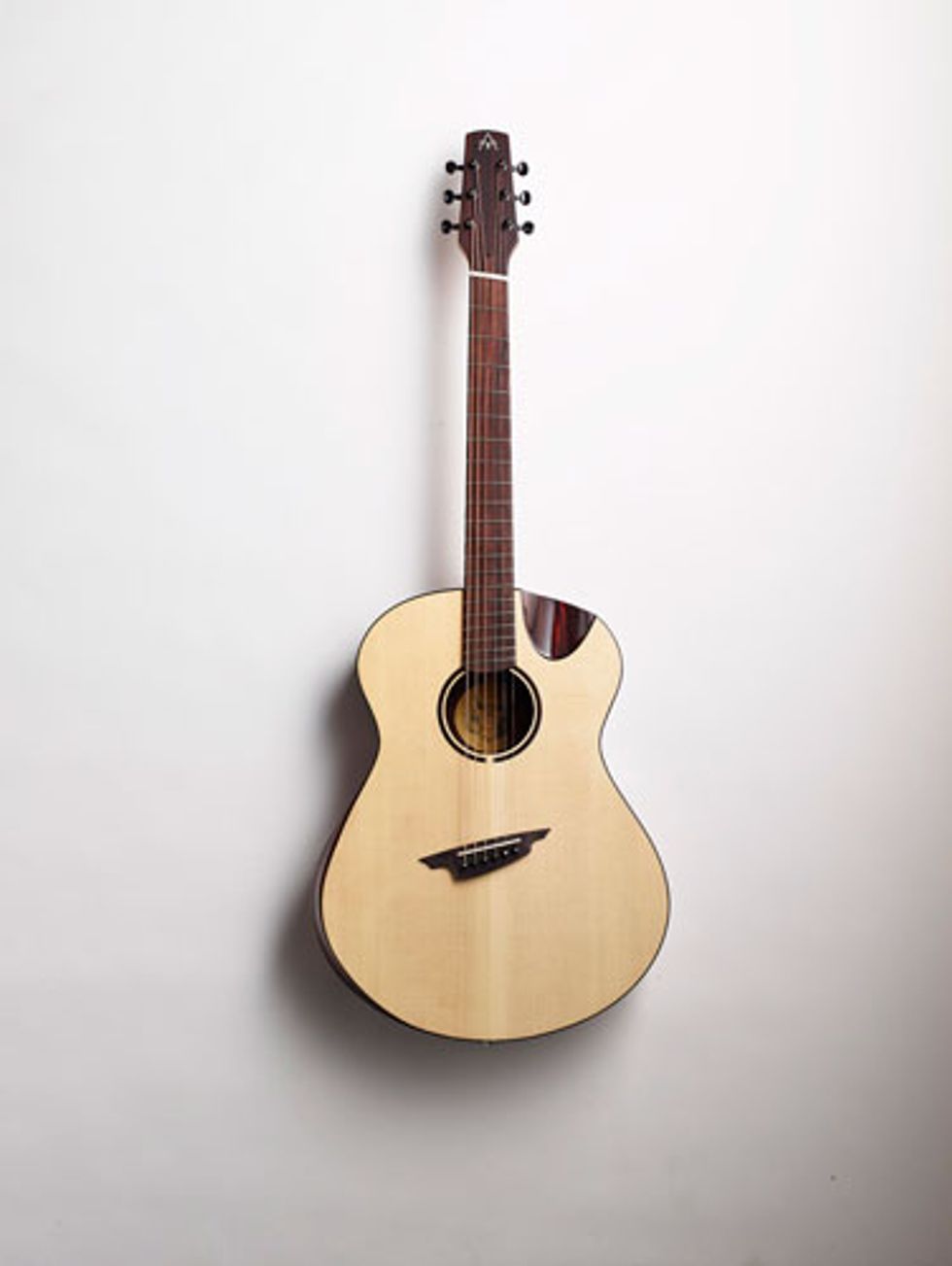
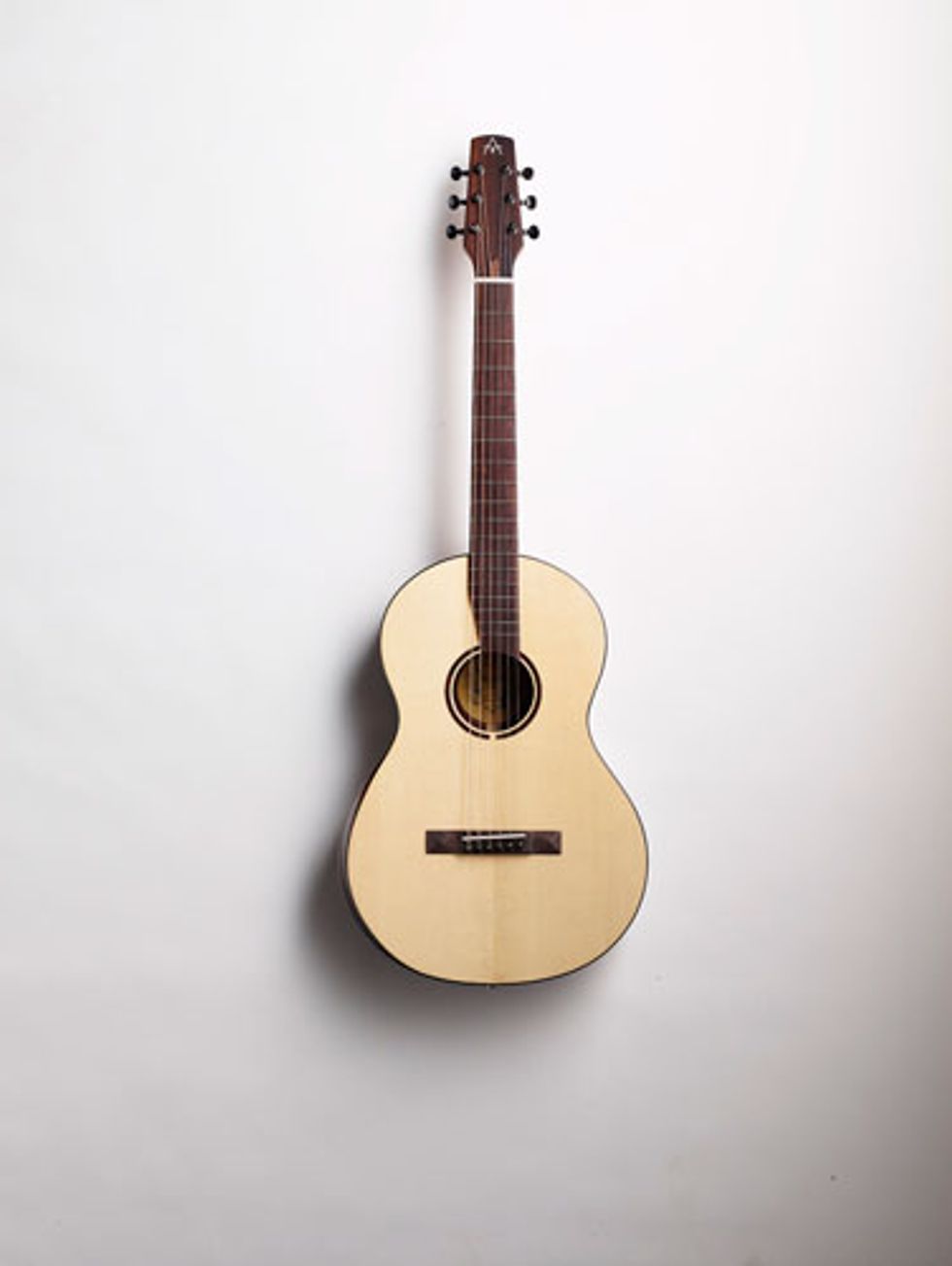
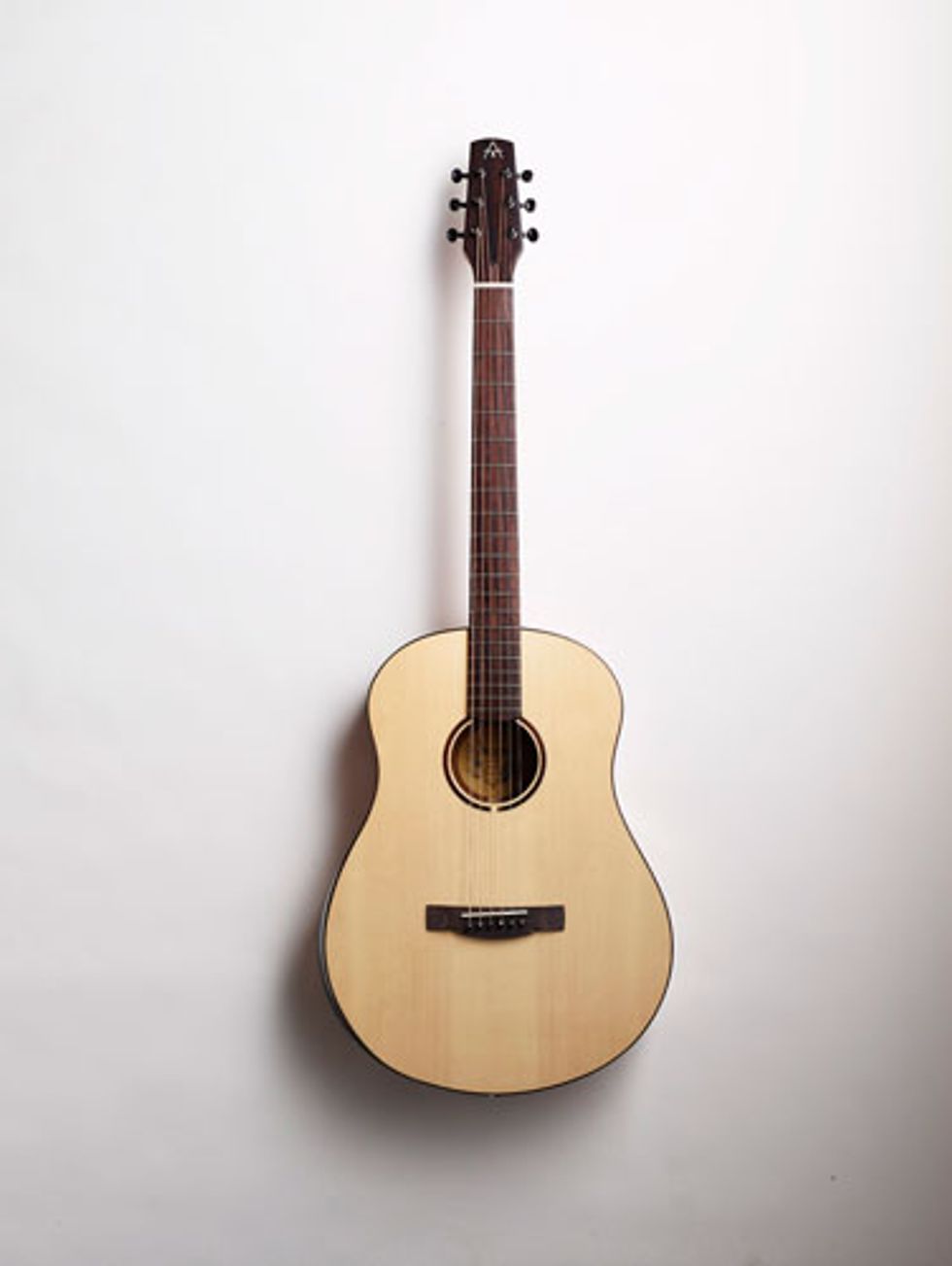








![Rig Rundown: AFI [2025]](https://www.premierguitar.com/media-library/youtube.jpg?id=62064741&width=1245&height=700&quality=70&coordinates=0%2C0%2C0%2C0)

